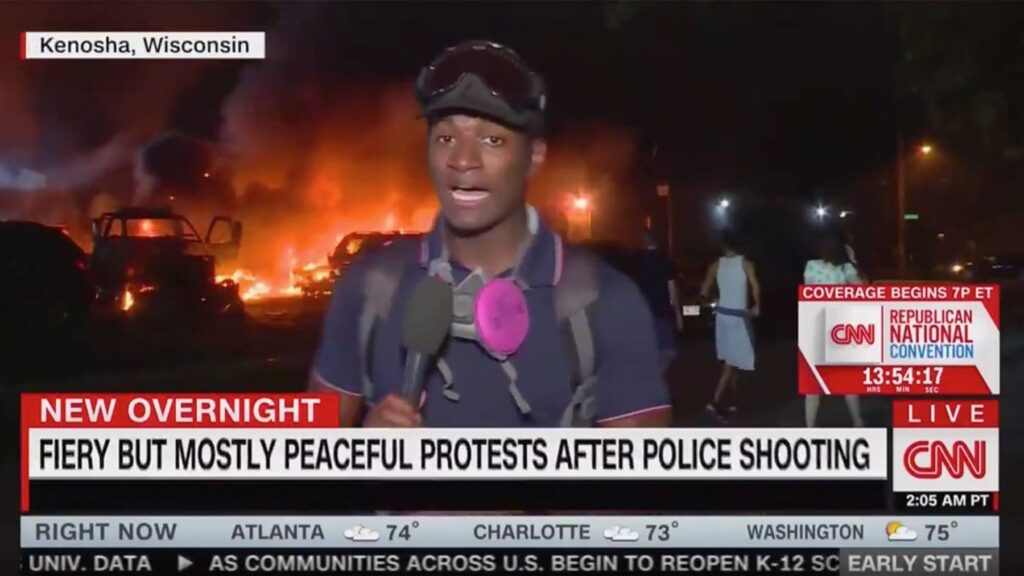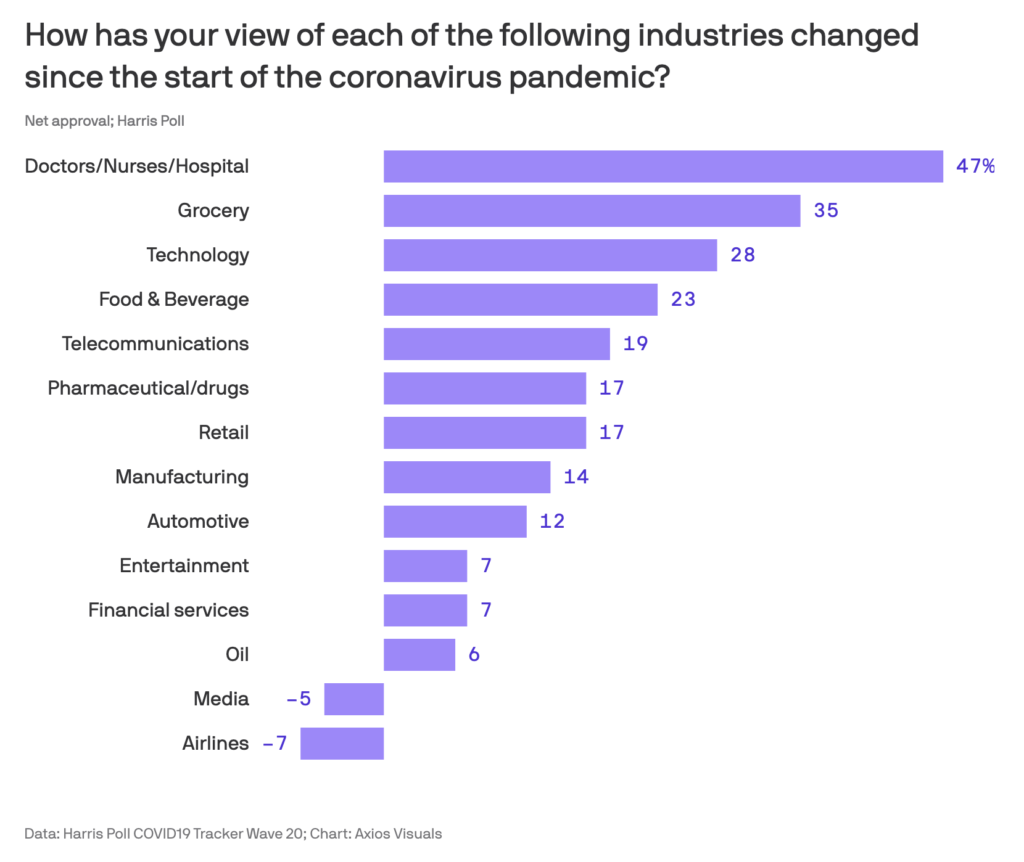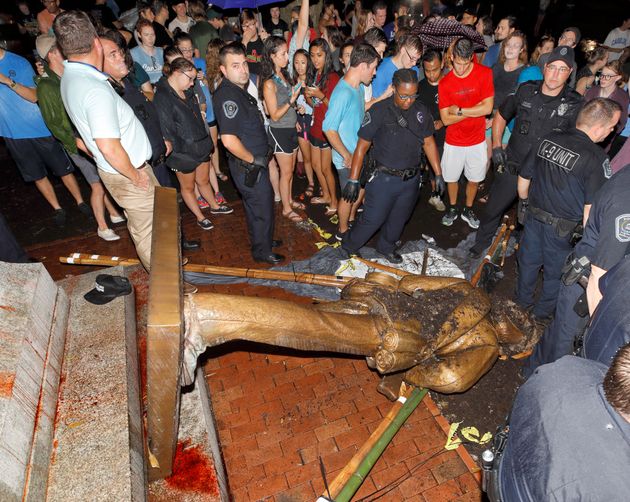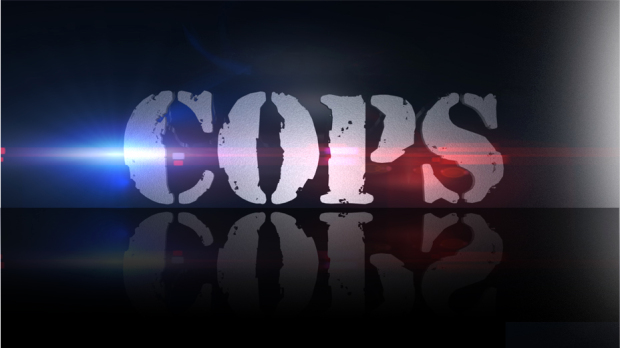Journalism has been sliding down a slippery slope for many years. Recent economic hard times (first the economic collapse at end of the 2000’s and most recently the Covid- induced downturn) and the long-term erosion of advertising revenue have all contributed to a collapse of a business model that is no longer sustainable.
More and more the news departments at broadcast and cable TV networks have struggled to compete with internet start-ups that do more with less and steal away advertising revenue. The result has been more and more explicit attempts to attract and hold the attention of an audience that exhibits ADHD media consumption behavior. According to an editorial recently published in the Columbia Journalism Review, ratings have become “the only metric that matters” at cable networks like CNN.
The pursuit of eyeballs, clicks and likes frequently leads to some pretty bizarre behavior on the part of journalists and editors who are trying to appeal to their base. For example, recently CNN used this Chyron (lower third graphic) to caption a stand-up reporter’s coverage of a protest in Kenosha.

The appeal of violence, mayhem, and tragedy is natural for news organizations who adopt the “if it bleeds, it leads” approach to sensational reporting. However, because CNN knows that its left-leaning viewers largely support peaceful protesting and social justice causes, they want to avoid offending them with a critical depiction of the dynamic scene playing out before their cameras. Hence the jarring juxtaposition of image and text.
Right-leaning media companies are guilty as well. Fox News regularly targets its base with conservative-leaning perspectives on the day’s events knowing that viewers want to hear news and analysis that confirms their biases.
Pandering to partisans on either the left or the right may be good for the bottom line, but it is a recipe for disaster when it comes to a functioning democracy. Journalism needs to do better and hold to a higher standard than the one that is currently calling the shots. As Pekary, a news editor for CNN, admitted, “We’re merely there to sow conflict and make the numbers go up, to sell more ads. They [audience members] deserve better. We all deserve better. ” I’ll rate that sentiment a 10!






